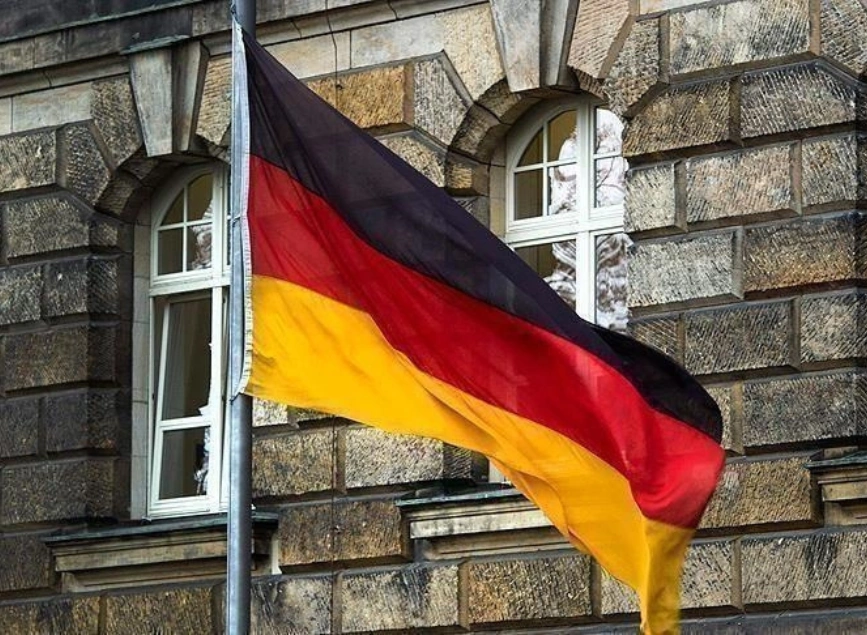
Germany’s First Annual Producer Price Drop Since October 2024
In March 2025, Germany’s Producer Price Index (PPI) unexpectedly fell by 0.2% year-on-year, marking the first annual decline since October 2024. Markets had anticipated a +0.4% increase, making the result a clear surprise.
➡️ The decline reflects a sharp drop in energy prices at the producer level, which pulled the headline figure into negative territory.
Breakdown by Component
✅ Energy Sector – Main Driver of Decline
- Overall energy prices: -3.6% YoY
- Electricity: -4.3%
- Natural Gas: -3.6%
- District Heating: -1.9%
🔺 Consumer and Capital Goods – Positive Growth
- Non-durable consumer goods: +2.6%
- Durable consumer goods: +1.3%
- Capital goods: +1.9%
- Machinery: +2.0%
- Motor vehicles, trailers & semi-trailers: +1.4%
🔹 Intermediate Goods – Slight Increase
- Intermediate goods: +0.5% YoY
📌 Excluding energy, the PPI rose by 1.4% annually.
Monthly Trend: Steepest Drop Since Dec 2023
Month-over-month PPI fell 0.7% in March
→ Fourth consecutive monthly decline
→ Largest monthly drop since December 2023
→ Far below market expectations of just -0.1%
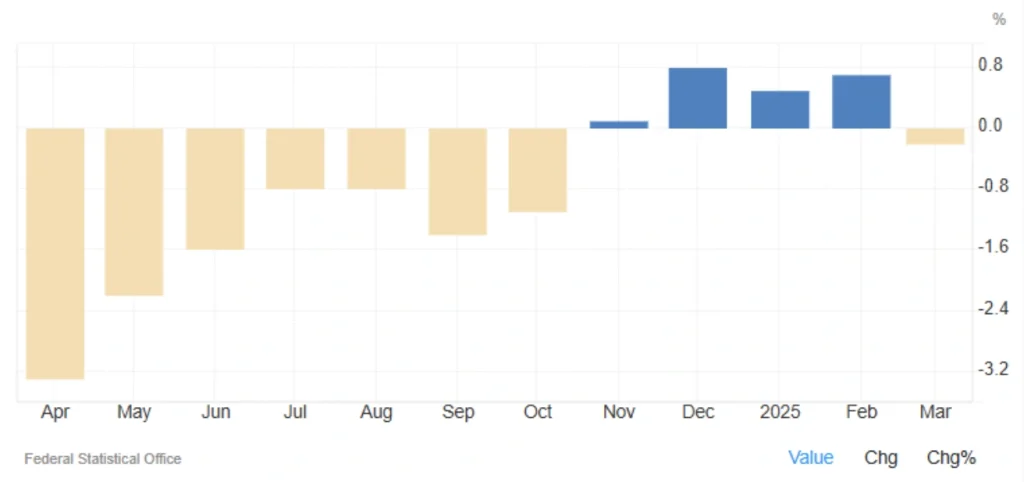
Education: What Is the PPI?
The Producer Price Index (PPI) measures the average change over time in the selling prices received by domestic producers for their output.
Why It Matters:
- A leading indicator of future consumer inflation (CPI)
- A key metric for monetary policymakers, especially central banks
- Reflects input cost pressures in manufacturing and industry
Read More: Germany’s ZEW Economic Sentiment Index Soars
Economic Implications for Germany and the Euro Area
🔹 Positive Signals:
- Lower energy prices at the producer level may help reduce overall production costs
→ Could translate into lower consumer inflation (CPI)
→ May encourage the ECB to pause or cut interest rates
🔸 Concerns:
- Falling PPI might indicate weak industrial demand
- Persistent monthly declines could signal stagnation in the production sector
- If export prices are also falling, it may reflect a broader slowdown in manufacturing
Summary: A Double-Edged Signal
The unexpected annual decline in Germany’s PPI sends a mixed message:
- ✔️ On the one hand, inflationary pressures are easing—a potential relief for households and monetary policy.
- ❗ On the other hand, it raises concerns about industrial demand and economic momentum, particularly in a manufacturing-driven economy like Germany.
➡️ A deeper analysis will require close monitoring of:
- Industrial orders
- Household consumption
- ECB’s next policy steps
Share
Hot topics
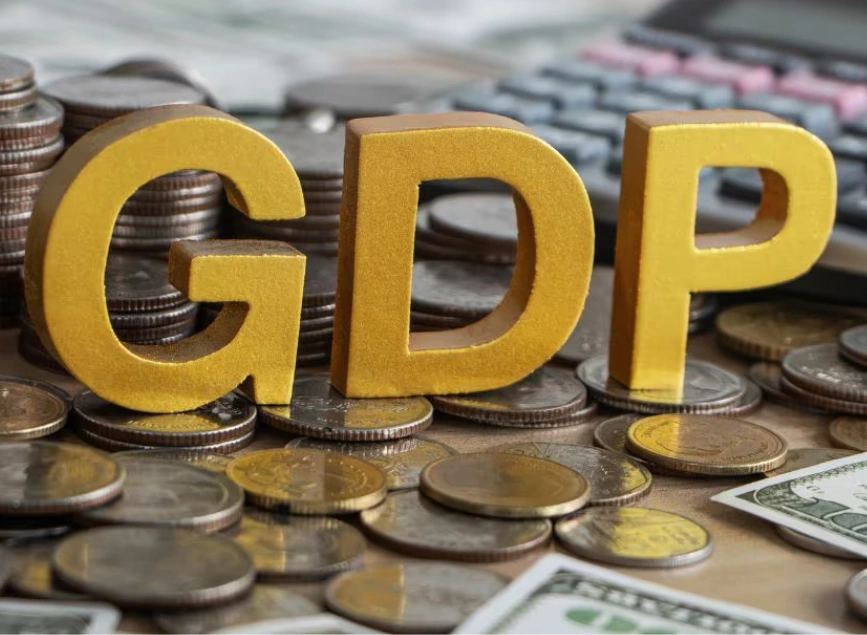
What Is GDP? A Complete Guide to Gross Domestic Product
GDP or Gross Domestic Product is one of the most powerful indicators used in global economics. It plays a central role in the decision-making processes of investors, central banks, governments,...
Read more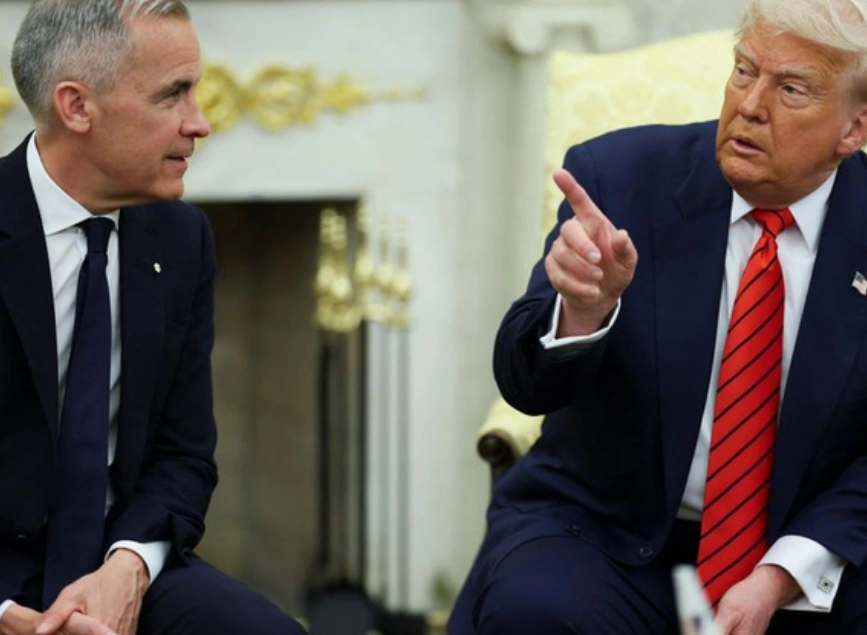
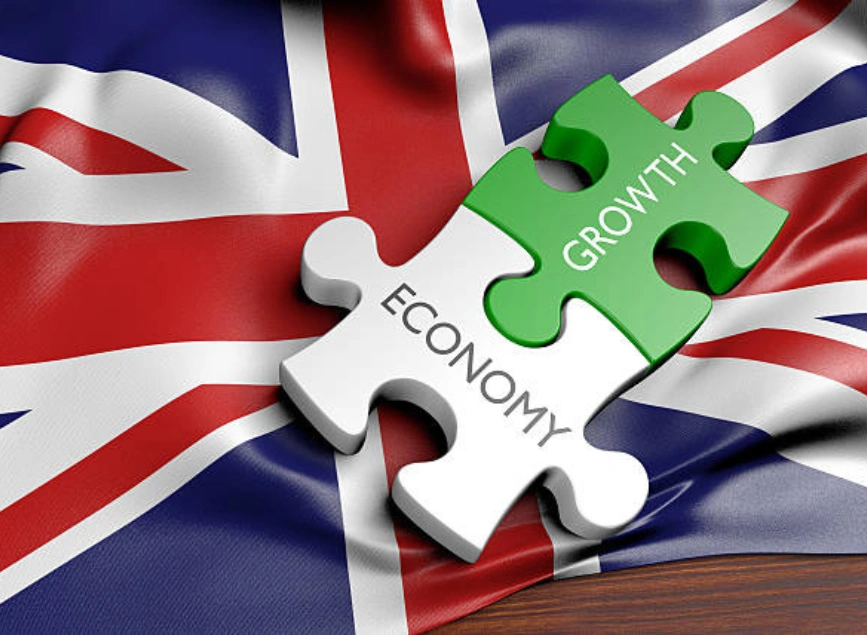


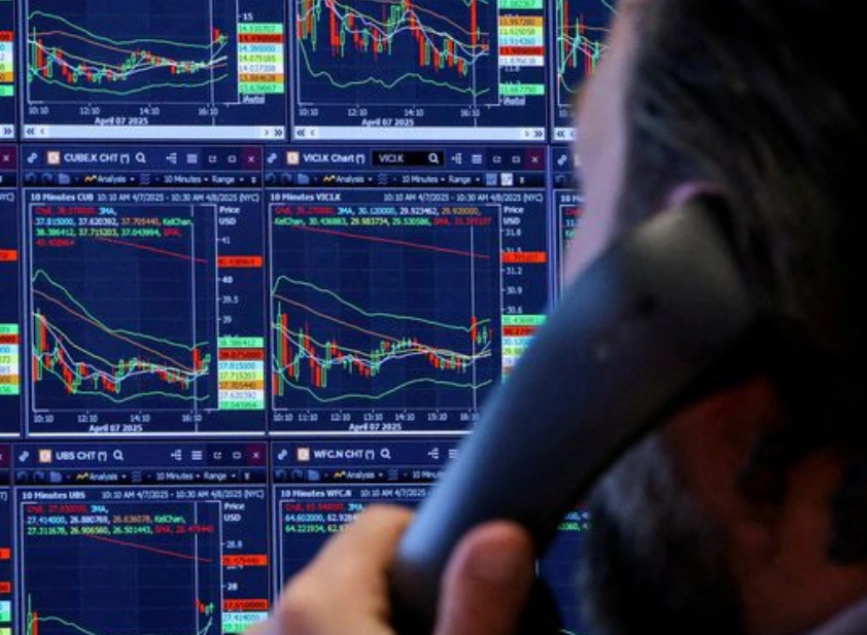
Submit comment
Your email address will not be published. Required fields are marked *